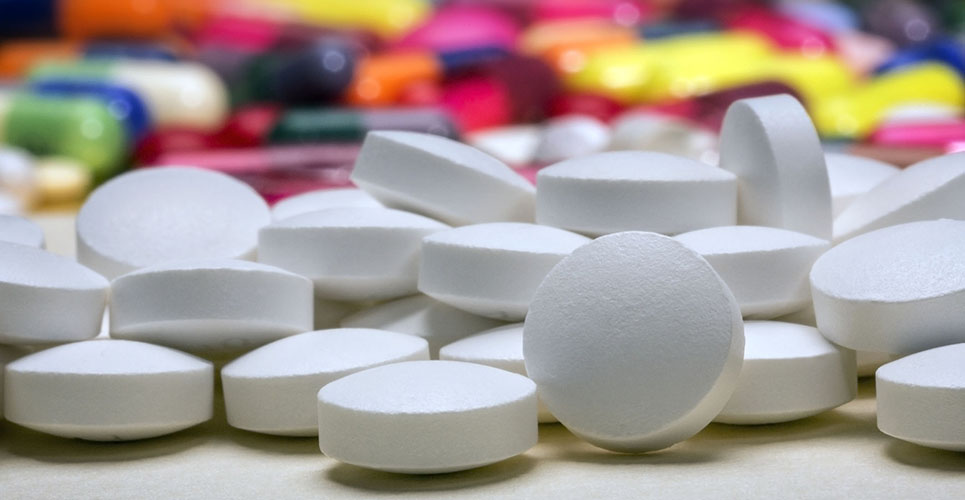teaser
Daan JA Crommelin
PhD
Dean
Faculty of Pharmaceutical Sciences
Department of Pharmaceutics
Utrecht Institute for Pharmaceutical Sciences
Utrecht University
The Netherlands
E:[email protected]
Recombinant proteins have been used in therapy since the 1980s. Patents on the early products have expired or will do so in the coming years (see Table 1). In principle, this will open the possibility for the introduction of generic versions of the out-of-patent products.(1)
[[HPE23_table1_93]]
Generic versions of low-molecular-weight pharmaceutical products will obtain marketing approval by showing chemical and physicochemical similarity and bioequivalence in studies in healthy volunteers. Recombinant protein-based therapeutics, also called biopharmaceuticals (for definitions, see Box), are high-molecular-weight molecules. Here the issue of generic versions is more complicated and still not fully worked out. Biopharmaceuticals have a complex three-dimensional structure, and their biological activity strongly depends on their structural integrity. For larger proteins, and particularly for sugar chain(s) bearing glycoproteins, structure characterisation is not a trivial task. In fact, at present, our arsenal of analytical techniques cannot fully characterise the conformation of these complex proteins. Moreover, structure and impurity profile depend on a complex manufacturing process, including production (“host” cell/expression system and fermentation conditions), downstream processing protocol and selection of formulation and packaging conditions.
[[HPE23_box1_92]]

Innovators and regulatory authorities have recognised these issues since the introduction of recombinant molecules in therapy, and European Agency for the Evaluation of Medicinal Products (EMEA) guidelines have been designed to warrant the quality of the proteins when changes in manufacturing conditions are made (see Resources). In these guidelines, the “comparability exercise for a product claimed to be similar to another already authorised product” is briefly discussed. It says that, for biosimilars, “an extensive comparability exercise will be required. The extent of the preclinical and/or clinical bridging studies will depend on the nature of the active substance and formulation, and the complexity of its molecular structure as well as the possible differences as compared to the reference product (including impurities and stability, and in some cases the finished product formulation)”.
In other words, the requirements to obtain a marketing authorisation for a biosimilar are defined by the regulatory authorities on a case-by-case basis. In a later document (see Resources), the issues to be considered are discussed. Emphasis is put on immunogenicity testing, both in the preauthorisation and the postmarketing phases. Recently, two new draft guidelines have been released (see Resources). These are fully focused on the issues to be addressed when marketing authorisation for a biosimilar is requested. Draft guidances have been established and sent out for comments for four therapeutic proteins:
- Insulin.
- Somatotropin.
- Erythropoietin.
- G-CSF.
Why is this information important for a hospital pharmacist? It is likely that with all this regulatory material in place, marketing authorisation will be granted to biosimilars in Europe in the coming years. Evaluation of therapeutic efficacy and safety of the biosimilar are the main issues at stake in the regulatory process. Pressure from reimbursement organisations to choose the most economical version of the therapeutic protein will be mounting. But there are more issues to consider than therapeutic efficacy and safety. Last year, a working group of hospital pharmacists from different countries and a group of pharmaceutical scientists drafted and published a checklist.(2) The idea is that the checklist can help in the process of evaluating biosimilars. When is changing from the innovators product to the biosimilar form wise, and when is it a bad idea? This checklist will hopefully help the hospital pharmacist to make a choice between the innovator’s product and the biosimilar, considering all factors that are relevant.
References
- Schellekens H. When biotech proteins go off-patent. Trends Biotechnol 2004;22:406-10.
- Crommelin DJ, Bermejo T, Bissig M, et al. Pharmaceutical evaluation of biosimilars: important differences from generic low-molecular-weight pharmaceuticals. Eur J Hosp Pharm Sci 2005;11:11-7.
Resources
EMEA. CPMP. Quality issues
W:www.emea.eu.int/pdfs/human/bwp/320700en.pdf
EMEA. CPMP.
Non-clinical and clinical issues
W:www.emea.eu.int/pdfs/human/ewp/309702en.pdf
EMEA. CPMP. Quality issues and non-clinical and clinical issues (Updates)
W:www.emea.eu.int/pdfs/human/biosimilar/4283205en.pdf
W:www.emea.eu.int/pdfs/human/biosimilar/4934805en.pdf
EMEA. Insulin
W:www.emea.eu.int/pdfs/human/biosimilar/043704en.pdf
EMEA. Somatotropin
W:www.emea.eu.int/pdfs/human/biosimilar/9452805en.pdf
EMEA. Erythropoietin
W:www.emea.eu.int/pdfs/human/biosimilar/9452605en.pdf
EMEA. GCS-F
W:www.emea.eu.int/pdfs/human/biosimilar/3132905en.pdf

